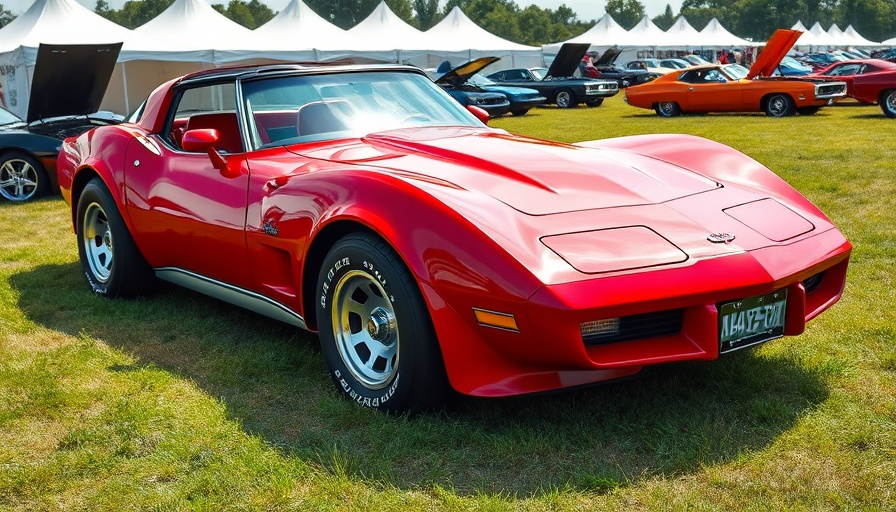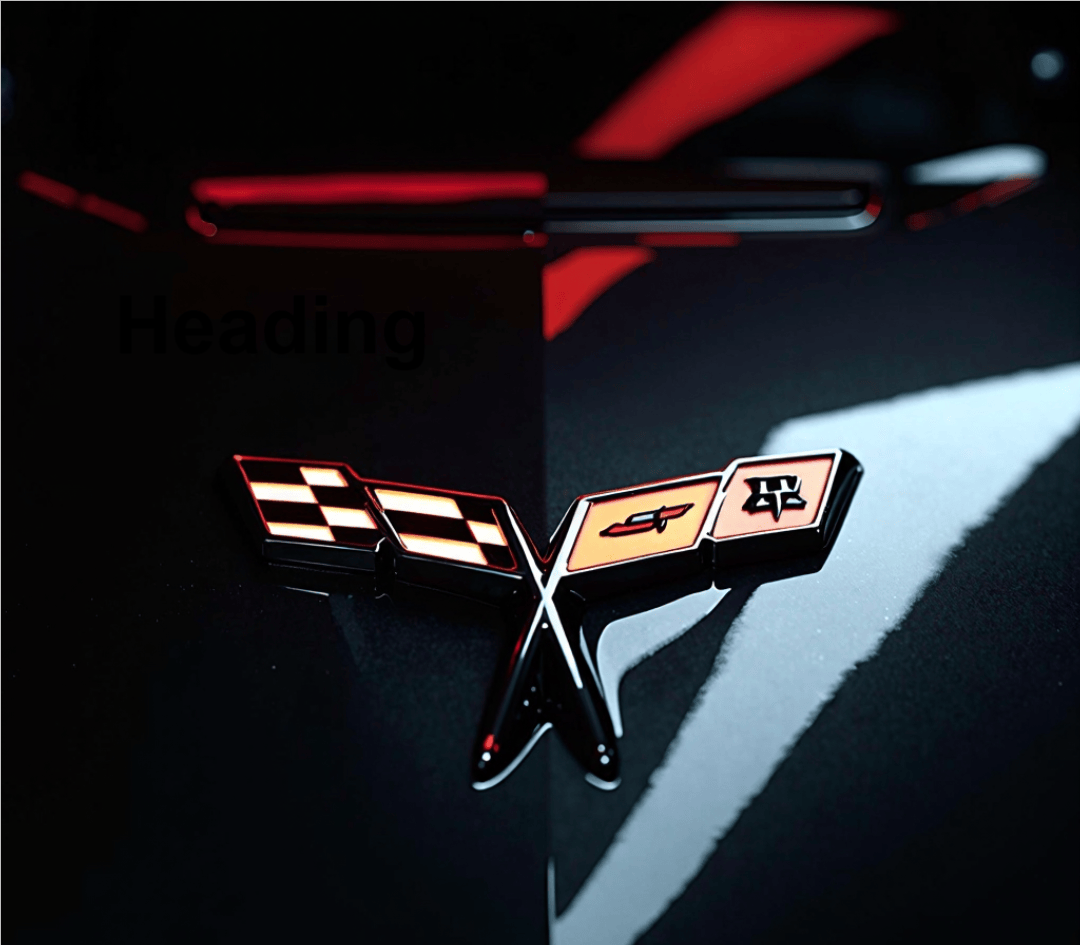
The Allure of Classic Cars: Why Didn't This Corvette Sell?
In the world of classic cars, few vehicles capture attention like the 1979 C3 Corvette. Painted in a stunning candy apple red, this beauty boasts not just aesthetics but also the storied legacy of Corvette designs. However, to the surprise of many, this particular Corvette did not find a buyer at auction, regardless of its immaculate paint job and beautiful interior.
In 'Beautiful 1978 Corvette DID NOT SELL. WHY?', the discussion dives into the complexities surrounding classic car sales, exploring key insights that sparked deeper analysis on our end.
Factors Influencing the Sale of Classic Cars
The story of the unsold 1979 Corvette opens an intriguing discussion on the factors influencing the buying decisions of classic car enthusiasts. Even though this Corvette showcases a dazzling exterior and a careful cosmetic restoration, potential buyers often consider numerous variables before making a purchase.
Potential buyers might weigh factors such as roadworthiness and whether the car can deliver the driving experience they crave. While the exterior looks immaculate, questions around engine performance, history, or even ownership records can play significant roles in the final sale. This model, with its visually pleasing ground effects and spoiler, may not appeal to everyone due to personal tastes.
The Nostalgia Factor: A Double-Edged Sword
Expectations among collectors can fluctuate based on nostalgia, making it both a blessing and a burden. For many, the cars they grew up with or admired as kids are worth a premium, but for others, they may just see an inconvenient restoration project. The Corvette's beauty can invoke a sense of nostalgia for some, leading them to dream of cruising down a sunny boulevard while others may view it merely as another classic that is hard to fit into their collection.
Market Demand Versus Expectations
Price also becomes a considerable factor in the sale process. According to estimates, this trailing Corvette was valued between $10,000 and $11,500, but that doesn’t guarantee a sale. While the car's restoration is commendable, it may not meet certain buyers' expectations regarding value for money. In today’s market, where certain classic vehicles can fetch astronomical prices, buyers are increasingly discerning, often requiring proof of a vehicle’s performance capabilities and enhancements.
The Role of Social Dynamics in Classic Car Sales
Social media and online communities greatly influence how information about classic car sales circulates. Many enthusiasts rely on forums and social media groups where sentiments and feedback can create a buzz—or detour interest. So, the question arises: did negative discussions or feedback contribute to the lack of buyer interest?
Social connection and dialogue matter; the Corvette’s long history as a coveted vehicle means it has faced scrutiny. A few negative comments on its aesthetics or performance could sway undecided buyers into looking elsewhere. Every enthusiast’s collective opinion influences the marketplace.
Final Thoughts: The Elusive Nature of Desire in Car Collecting
The unsold beautiful 1979 C3 Corvette stands as a reminder of the nuanced process of purchasing classic cars. Desire is influenced by personal taste, market demands, and even social discussions. Many lingering questions arise from this auction failure: Was it its striking design, questions about performance, or simply the fickle nature of nostalgia? What this scenario reveals is that beauty alone can't guarantee a sale, even in the world of classic cars.
If you’re a car lover or someone interested in the dynamics of buying classic vehicles, take a moment to reflect on what makes a car special to you. Share your thoughts in the comments below!
 Add Row
Add Row  Add
Add 




 Add Row
Add Row  Add
Add 

Write A Comment